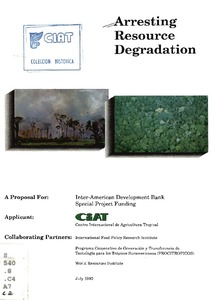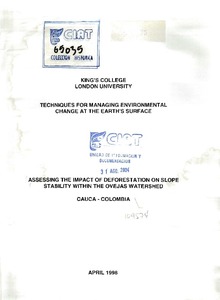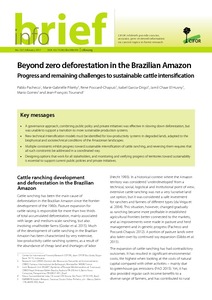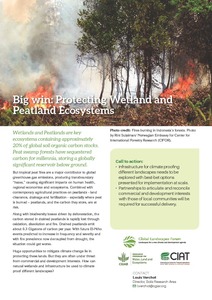Agroforestry in REDD+: Opportunities and Challenges. ASB Policy Brief 26
Agroforestry and other tree-based systems (wood lots, afforestation) can contribute to Reducing Emissions from Deforestation and Forest Degradation (REDD+) in two ways: 1) as part of REDD+ under certain forest definitions; and / or 2) as part of a strategy for achieving REDD+ in landscapes. In the context of REDD+, agroforestry has the potential for reducing degradation by supplying timber and fuelwood that would otherwise be sourced from adjacent or distant forests.





